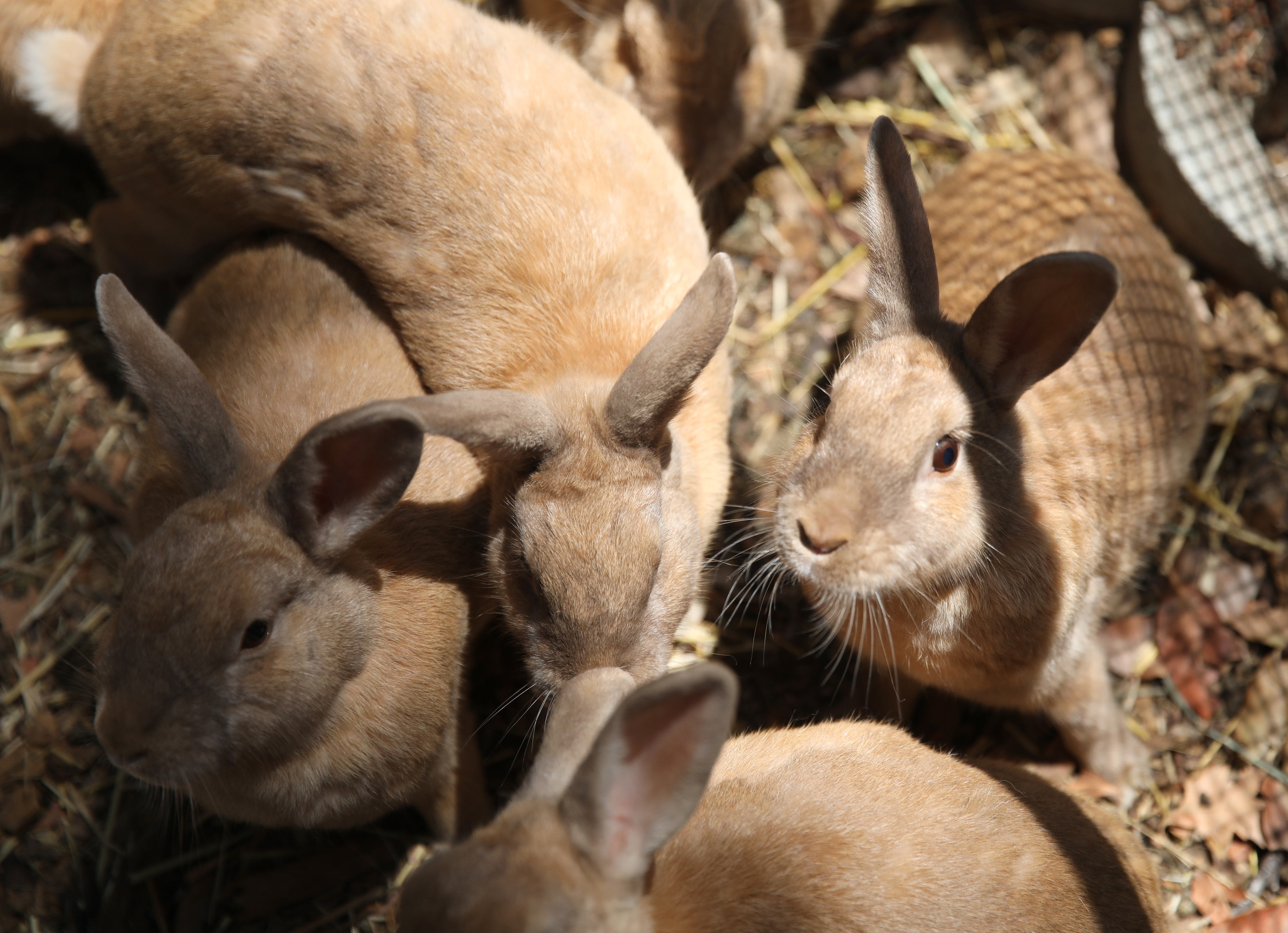Santa Barbara Braces for ‘Bunny Ebola’
Wildlife Organizations Prepare For Arrival of Rabbit Hemorrhagic Disease Virus

While Santa Barbara continues to grapple with the coronavirus, a new disease threatens our local rabbit population. Rabbit Hemorrhagic Disease Virus (RHDV), dubbed “bunny Ebola” because it causes massive internal bleeding and bloody discharge around the nose and mouth, is highly contagious and deadly among both domestic and wild rabbits. First identified in France, it has been spreading across southwestern states and is now in California, emerging in Palm Springs in May.
Dana Morton, a volunteer with Bunnies Urgently Needing Shelter (BUNS), talked about the virus and what the rescue organization is doing to prepare for its arrival. “There are two different strains, and the one that we are currently worried about is RHDV2,” she said. “Once infected with RHDV2, rabbits typically show symptoms and die within a couple of days. It’s spread through insects, scavenging animals, infected rabbits, and on the soles of shoes.” The virus can survive for several months on a dead rabbit carcass, Morton noted, and it can withstand high temperatures. “Once it is in an area, it typically stays in that area.”
Get the top stories in your inbox by signing up for our daily newsletter, Indy Today.

BUNS has implemented strict biosecurity protocols to help reduce the risk of exposure, Morton said. All new rabbits are quarantined for two weeks upon their arrival, and staff tending to them wear full protective equipment to avoid cross-contamination. “We have also put up screening on the hutches as a way of keeping flies away,” Morton said. “We are making sure all of our volunteers are wearing clean clothes that have not been in contact with other rabbits, and everyone is disinfecting their shoes.”
If the virus was to infect the BUNS facility, Morton explained, “All of the rabbits would have to be quarantined for three months. We could not take in any new rabbits or adopt any out. Fortunately, the State of California is not requiring shelters to depopulate if the virus gets in, which used to be the case.”

Because there is no treatment for RHDV2 and its mortality rates are very high, prevention is critical, Morton stressed. And the best form of prevention is the ERAVAC vaccine, which BUNS is now approved to import from Europe. BUNS will be conducting vaccination clinics in the coming weeks with help from several veterinarians. To attend, fill out the online form at bunssb.org/bunnies/rhd. Each dose of the vaccine is expected to cost $30, but that is subject to change.
Bunny owners are advised to house their pets indoors. If that’s not possible, screen outdoor hutches to keep flies and other insects away. If you find a sick or dead rabbit in the wild, do not handle or move it. Instead, call the state’s Wildlife Investigations Lab at (916) 358-2790 or Santa Barbara Wildlife Care Network at (805) 681-1080.
Every day, the staff of the Santa Barbara Independent works hard to sort out truth from rumor and keep you informed of what’s happening across the entire Santa Barbara community. Now there’s a way to directly enable these efforts. Support the Independent by making a direct contribution or with a subscription to Indy+.




You must be logged in to post a comment.